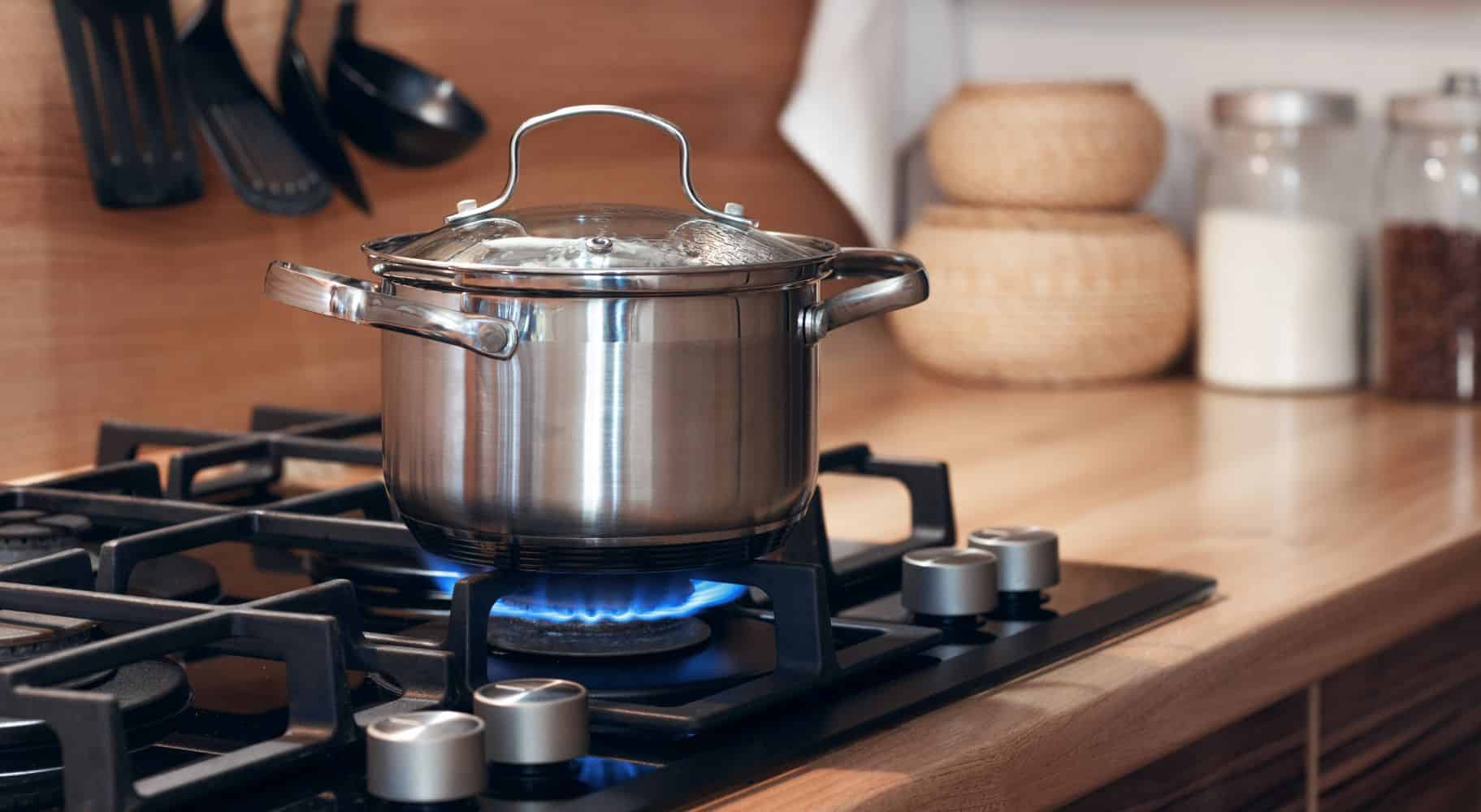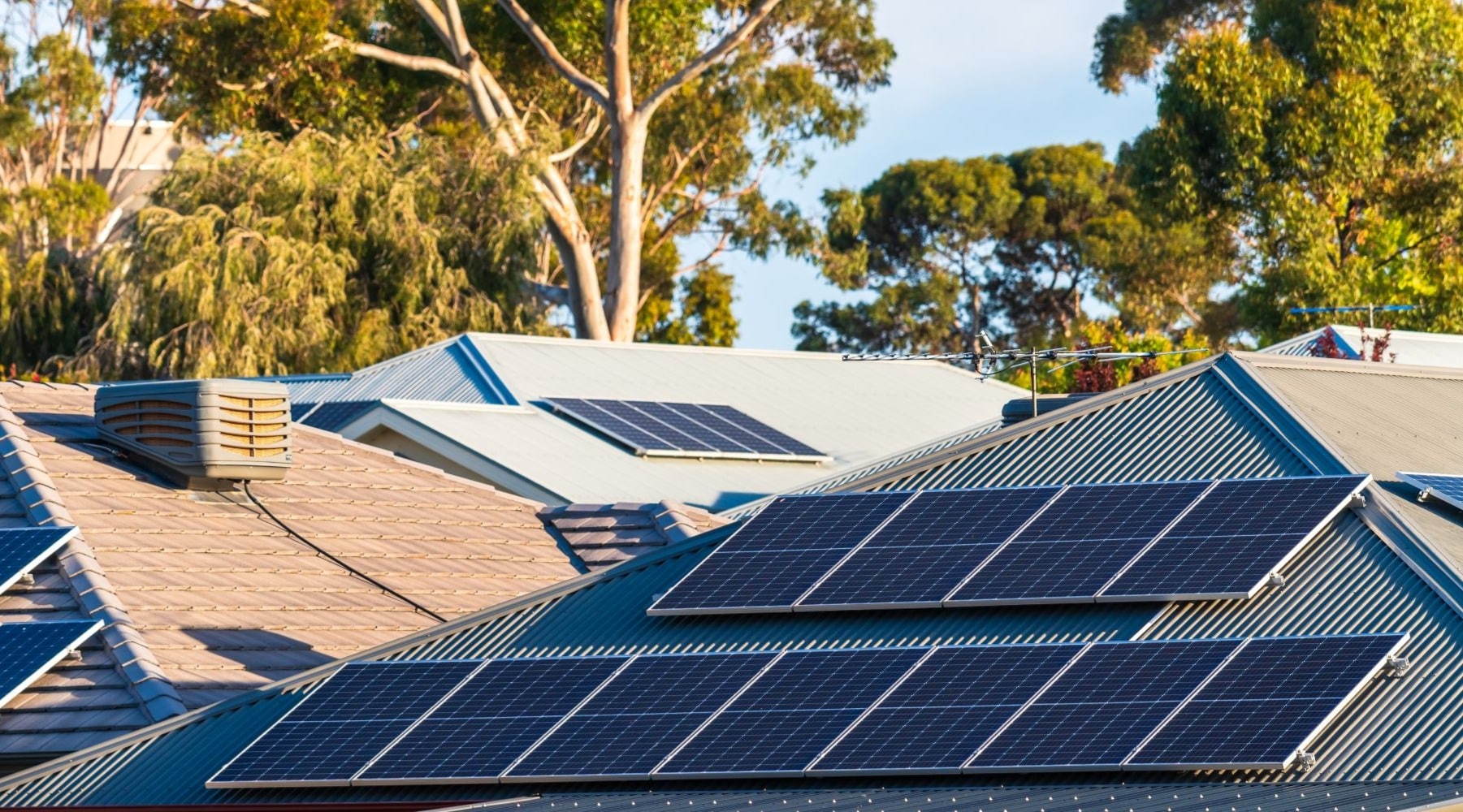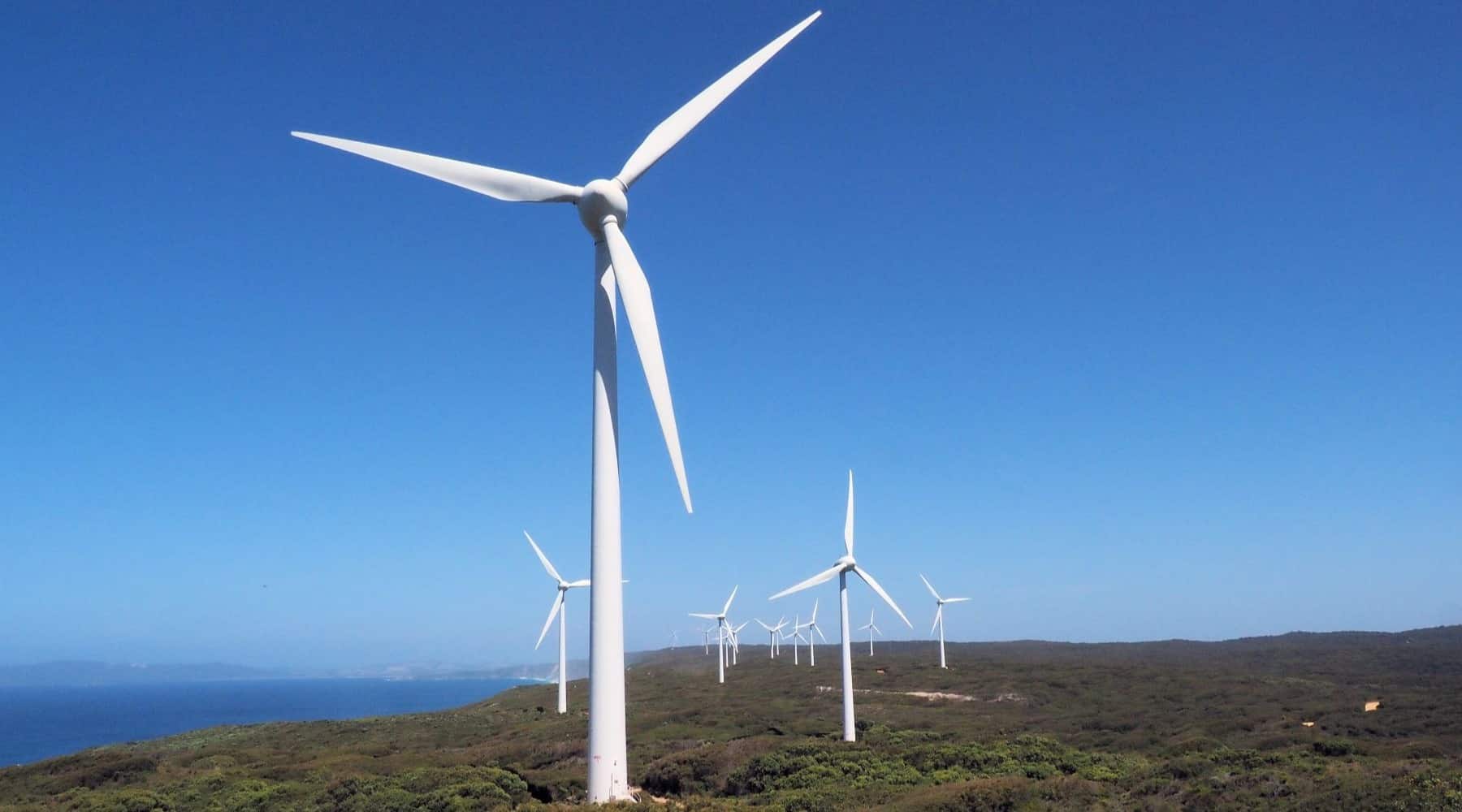













We’ve partnered with Econnex to bring you a range of energy plans to help you compare them.
Electricity plans set out how much you’ll pay for the power you use as agreed with your electricity retailer. These contracts cover things like usage rates, supply charges, contract length and any discounts or special offers.
The structure of electricity plans varies depending on where you live in Australia:
- In New South Wales, Victoria, South Australia, South East Queensland, the Australian Capital Territory and Tasmania, the electricity market is deregulated. This means retailers compete for your business, giving you the chance to shop around for the most competitive deals.
- In the Northern Territory and regional Queensland, prices are regulated by the government. While you may have some choice of provider, the cost of electricity tends to be the same across the board.
- Western Australia is the most regulated market, where most residential customers cannot choose their electricity retailer at all, and both pricing and competition are government-controlled.
If you live in NSW, VIC, SA, SE QLD, the ACT or TAS, you can use Savvy’s free service to compare electricity providers side-by-side and find a plan that suits your needs.
How to compare electricity plans
When choosing an energy plan, there are a number of factors to consider:
- Price: look at both the usage rates (the cost per kWh of electricity) and supply charges (fixed daily or monthly charges). These rates can vary greatly depending on your provider, location and type of plan. Some plans may offer lower usage rates but have high supply charges, or vice versa, so it's essential to look at the total cost based on your average usage.
- Type of tariff: the right tariff for your usage can make a big difference to your bill. While choosing an energy plan, keep in mind the different tariff options available, as they can help you get the best deal based on how and when you use electricity.
- Solar power feed-in rates: this is the rate you'll receive for the excess solar energy you send back to the grid. While a higher feed-in tariff may seem appealing, it’s crucial to look at the overall cost of the plan. Sometimes, a plan with a higher feed-in tariff might have higher usage charges, so the total savings may not be as great.
- Discounts: electricity retailers often offer discounts and bonuses for things like signing up or bundling your electricity with other services like gas or internet. Be aware that some may only be applicable for a limited time, or may have certain eligibility criteria, so it's important to compare the discount rates and the period over which they apply to ensure you are getting the best deal.
- Fees: electricity plans can include various fees that can quickly add up, as well as extra fees that may apply if you pay late or fail to meet the conditions of the plan. Potential fees could include connection and disconnection fees, credit card and direct debit fees, late payment fees and early exit fees.
- Provider: look beyond the price and consider factors like customer service, reliability and provider reputation. Read customer reviews and ratings to get an idea of provider performance and customer satisfaction. It’s also worth checking if they offer a user-friendly app to help you track usage and manage your account on the go.
- Your energy needs and usage: the key to finding the best plan is understanding how and when you use energy. If you use most of your electricity outside peak hours, a time of use plan could save you money. On the other hand, if your usage is consistent or leans more toward peak times, a single-rate plan might be the way to go. To help figure out what works best for you, check your past bills or track your usage with a smart meter.
Why compare energy plans through Savvy?
You won't need to pay a cent to compare a variety of energy plans online through Savvy, as it's 100% free.
By filling out your form and providing a recent energy bill, you can have all the facts and figures worked out for you.
When you fill out your quote, you'll be able to consider offers from some of the leading energy providers in Australia.
Electricity price rise 2025
In March 2025, the Australian Energy Regulator (AER) proposed an increase to the Default Market Offer (DMO) – the benchmark electricity price – from 1 July. Households in New South Wales, South Australia and South East Queensland could see price hikes of up to 8.9%, depending on their usage and location.
The DMO is set annually by the AER and acts as a price cap for electricity providers' default plans. It’s designed to protect customers who haven’t switched to a competitive market offer by keeping prices fair and transparent.
In Victoria, the state's independent regulator has proposed a much smaller increase to the Victorian Default Offer (VDO), with average residential bills set to rise by less than 1%. Some households may even see a slight drop, while small business customers could face increases of around 3%.
Types of electricity plans
In Australia, electricity plans fall into two categories:
- Standard contracts: also called ‘standing offers’, these are the default plans set by your state or territory’s energy regulator. These are available in all markets, both regulated and deregulated, and serve as a baseline offering. If you haven't actively chosen a market plan, you're likely on a standard contract.
- Market contracts: these are plans offered by electricity retailers in deregulated markets and give customers greater choice and the opportunity to shop around. These plans are designed to be competitive, with retailers able to offer different prices and other incentives. While market contracts can lead to cost savings, it’s important to review them regularly to ensure you’re still getting the best value electricity.
Understanding electricity tariffs
All electricity plans include a pricing structure known as a tariff. This determines how much you will be charged and can have a significant impact on your power bill. Despite this, according to comparison site Finder, 38% of Australians don’t know what type of tariff they’re actually on.
Understanding the various tariff types can help you choose a plan that suits your household’s needs and usage patterns – and avoid bill shock down the line. Here are some common types of electricity tariffs in Australia:
- Single rate (flat rate) tariff
You pay the same rate for electricity no matter when you use it. This type of tariff is simple and predictable, making it suitable for households with consistent energy use throughout the day. - Time of use tariff
Your electricity costs vary depending on the time of day. Peak periods – usually weekday evenings – have higher rates, while off-peak times like overnight or weekends are cheaper. This type of plan may benefit households that can shift their usage to off-peak hours. - Block tariff
You pay different rates depending on how much electricity you use. For example, the first block of daily usage (e.g. up to 10kWh) may be charged at a lower rate, while usage above that is charged at a higher rate. This structure can penalise heavy energy users. - Controlled load tariff
This tariff applies to specific appliances (such as electric hot water systems or pool pumps) connected to a separate meter. These appliances are powered during off-peak times, and electricity is charged at a lower rate. It’s only available if your property has a controlled load circuit. - Demand charge tariff
This is an additional charge applied based on your highest usage during a specific period (usually a half-hour window) each day or billing cycle. It’s often used in conjunction with flat or time of use tariffs and is most common for large households or properties with high demand at once. - Feed-in tariffs
If you have solar panels, any excess electricity you generate and don’t use can be fed back into the grid in exchange for a credit on your bill. Feed-in tariffs vary between providers and states – rates in 2025 range from under 1c to around 12c per kWh. - Dedicated solar plans
Solar electricity plans typically offer higher feed-in tariffs – often for your first 8–12kWh exported per day – compared to standard electricity plans with a solar option. They’re ideal for households that export more electricity than they consume during the day.
What is time of use electricity?
Time of use electricity pricing means the rate you pay for power changes depending on when you use it. These plans divide the day into different time periods – peak, off-peak and sometimes shoulder or solar sponge periods – reflecting when demand on the grid is highest or lowest.
- Peak: when demand is highest, usually on weekday afternoons and evenings. These are the most expensive times to use electricity.
- Off-peak: when demand is lowest, often overnight or early morning hours. Electricity is cheapest during these times.
- Shoulder/solar sponge: falls between peak and off-peak times, offering a moderate electricity rate, though it is not included by all distributors. In some states, ‘solar sponge' pricing encourages electricity use when solar generation is highest, which is typically from 10:00 am to 3:00 pm.
These time periods aren’t set by your electricity retailer, but by your local energy distributor, and the exact time blocks vary depending on where you live and the time of year. The table below shows peak, off-peak and shoulder times across different states/territories and networks.
| State/territory | Distributor | Peak times | Off-peak times | Shoulder/solar sponge |
|---|---|---|---|---|
| ACT | Evoenergy | 7:00am – 9:00am and 5:00pm – 8:00pm, every day | 10:00pm – 7:00am, every day | 9:00am – 5:00pm and 8:00pm – 10:00pm, every day |
| NSW | Ausgrid | 3:00pm – 9:00pm, June – August and November – March | All times, April, May, September and October
9:00 pm – 3:00 pm, June – August and November – March | - |
| Endeavour Energy | 4:00pm – 8:00pm, weekdays | 2:00pm – 4:00pm and 8:00pm – 10:00am, weekdays
2:00pm – 10:00am, weekends and public holidays | 10:00am – 2:00pm, every day | |
| Essential Energy | 5:00pm – 8:00pm, weekdays | 10:00pm – 7:00am weekdays
All weekend, from 10:00pm Friday – 7:00am Monday | 7:00am – 5:00pm and 8:00pm – 10:00pm, weekdays | |
| NT | Power and Water Corporation | 6:00am – 6:00pm, weekdays | 6:00pm – 6:00am, weekdays
All day weekends | - |
| QLD | Energex
Ergon Energy | 4:00pm – 9:00pm, every day | 9:00am – 4:00pm, every day | 9:00pm – 9:00am, every day |
| SA | SA Power Networks | 6:00am – 10:00am and 3:00pm – 1:00am, every day | 1:00am – 6:00am, every day | 10:00am – 3:00pm, every day |
| TAS | TasNetworks | 7:00am – 10:00am and 4:00pm – 9:00pm, weekdays | 10:00am – 4:00pm and 9:00pm – 7:00am, weekdays
All day weekends | - |
| VIC | CitiPower
Powercor Ausnet Jemena United Energy | 3:00pm – 9:00pm, every day | 9:00pm – 3:00pm, every day | - |
| WA | Western Power | 3:00pm – 9:00pm, every day | 9:00am – 3:00pm, every day | 9:00pm – 9:00am, every day |
Information correct as of April 2025.
The role of smart meters
To be eligible for a time of use plan, you’ll need a smart meter. This is a digital electricity meter that records your home’s energy use in near real time – usually every five to 30 minutes – and automatically sends this information to your energy retailer. Unlike traditional meters, which only show the total amount of electricity used, smart meters provide a detailed breakdown of your usage, helping you track when and how you use power throughout the day and allows your retailer to bill you based on when you use power, not just how much you use.
The Australian Energy Regulator (AER) estimates that 1.5 million households across NSW, QLD and SA are now on a dynamic tariff like time of use. That number will only continue to increase as the Australian Energy Market Commission (AEMC) pushes ahead with its goal for all households in National Electricity Market (NEM) regions to be fitted with a smart meter by 2030. As of November 2024, more than 56% of meters in these areas are read remotely.
Single rate vs time of use electricity plans
The two main types of usage tariffs in Australia are single rate and time of use. The best one for you will depend on how and when your household uses electricity. Here’s how they compare:
| Single rate plan | Time of use plan | |
|---|---|---|
| Rates | Consistent pricing with the same rate per kWh at all times | Different rates for peak, off-peak and shoulder periods |
| Smart meter required? | No | Yes |
| Benefits | ✓ Simple, predictable bills
✓ Often cheaper than peak rates ✓ No need to change energy usage habits | ✓ Off-peak usage can save money
✓ Encourages efficient energy use ✓ Ability to track usage gives more control |
| Drawbacks | ✖ May miss out on off-peak savings
✖ Hard to track usage without a smart meter | ✖ More expensive during peak hours
✖ Requires careful energy management |
| Best suited for | Households with consistent energy use throughout the day or those who prefer predictable pricing | Households with flexible usage patterns who can shift energy-intensive activities to off-peak times |
User experience: why knowing your tariff matters
Aaron:
“I recently moved into my brand-new home. Without even thinking, I jumped online to compare electricity plans to ensure I was on a cheap rate. I was certain that I had signed up to a single rate tariff plan based on the name of the plan. However, it wasn’t until my first electricity bill arrived that I realised I was in fact on a time of use plan. I immediately contacted my retailer and requested to be moved over to a single rate tariff plan but found out that as I had a smart meter, I was deemed ineligible.
I’ve now done my best to change my behaviour to keep my electricity usage to the off-peak period to keep my bill down. But it isn’t so easy. I’ve made use of the timers on my washing machine and dishwasher to run during the off-peak time and even tried to leave vacuuming to that period. Other things I can’t control, like using the oven to cook dinner or using the air conditioner after I get home from work if it’s a hot day.”
As this example shows, while time of use plans can offer savings, they often require you to adjust your electricity usage habits to avoid higher costs. To make the most of these plans, it’s important to regularly check your electricity bill and take advantage of your provider’s app (if available) to track your usage and make adjustments as needed.
Tips to save on your electricity bill
How to switch energy providers through Savvy
Fill out a quick online form
First and foremost, you can start by filling out a quote with information about you and your energy profile, such as where you live, your overall usage and more.
Compare available offers
With the information in your form and a recent energy bill, you’ll be able to compare deals from a panel of leading energy providers based on a variety of important factors.
Make the switch
If you find an energy deal you’re happy with, you can go ahead and make the switch to a new plan or provider. This will be prepared and handled for you and can be completed in 24 to 48 hours.
types of energy plans
More of your questions about electricity plans
When you move house in Australia, you can choose to transfer your current electricity plan to your new address, or switch to a new plan altogether. If you want to keep your existing plan, you will need to contact your energy provider and provide them with your new address and the date that you will be moving.
Alternatively, you can choose to switch to a new plan, which may be necessary if your current provider does not operate in the area of your new home, or if you want to take advantage of better deals or renewable energy options. In this case, you will need to research and compare different energy plans to find the best option for your needs and sign up for the new plan with your chosen provider.
A renewable energy electricity plan sources all or part of your energy from renewable sources, such as wind or solar. When you sign up for a renewable or green energy plan, your provider ensures that some or all of the electricity you use is matched with power fed into the grid from renewable sources.
In Australia, many retailers give you the option to include GreenPower with your electricity plan. This is a government-accredited program that guarantees electricity equal to a percentage of your usage is sourced from Australian renewable generators. These plans are often slightly more expensive than standard plans, but they help reduce greenhouse gas emissions and support Australia’s transition to cleaner energy.
Yes – if your electricity provider also offers gas, you may be able to bundle both services into a single dual fuel plan. Bundling can be convenient and may come with discounts or incentives for combining your bills. However, you're free to choose a separate gas plan from any provider, even if it's different from your electricity company.
Electricity discounts can come in a variety of forms, either from your provider or the government. Retailer may offer discounts for things like paying on time, bundling with gas or setting up direct debit. Government support includes concessions for eligible customers (such as pensioners) and rebates like the Energy Bill Relief Fund, which has provided households up to $300 off in 2024–25, plus an extra $150 through to the end of 2025.
If you own an EV, you may be eligible for a dedicated EV electricity plan. These plans are designed to help reduce charging costs by offering lower electricity rates during off-peak hours—when demand on the grid is lowest. Some include a special EV charging rate for set times overnight. To access these plans, you'll usually need a smart meter and a time-of-use tariff.
- Energy bill price hikes: How much extra you'll pay across Australia – 9News
- Proposed Victorian electricity default offers released by independent regulator – Essential Services Commission
- Time of use vs single rate tariff – Finder
- Electricity retailers label complex power prices 'perverse' as industry goes to war with itself – ABC News
- AEMC on smart meters: 100% by 2030, new customer information, real-time data and protections – Australian Energy Market Commission
- AEMC finalises landmark reform to accelerate smart meter rollout – Australian Energy Market Commission
Helpful guides on energy plans
Compare energy plans today
Disclaimer:
Savvy is partnered with Econnex Comparison (CIMET Sales Pty Ltd, ABN 72 620 395 726) to provide readers with a variety of energy plans to compare. We do not compare all retailers in the market, or all plans offered by all retailers. Savvy earns a commission from Econnex each time a customer buys an energy plan via our website. We don’t arrange for products to be purchased directly, as all purchases are conducted via Econnex.
Any advice presented above is general in nature and doesn’t consider your personal or business objectives, needs or finances. It’s always important to consider whether advice is suitable for you before purchasing an energy plan. For further information on the variety of energy plans compared by Econnex, or how their business works, you can visit their website.

 Written by
Written by  Reviewed by
Reviewed by 


